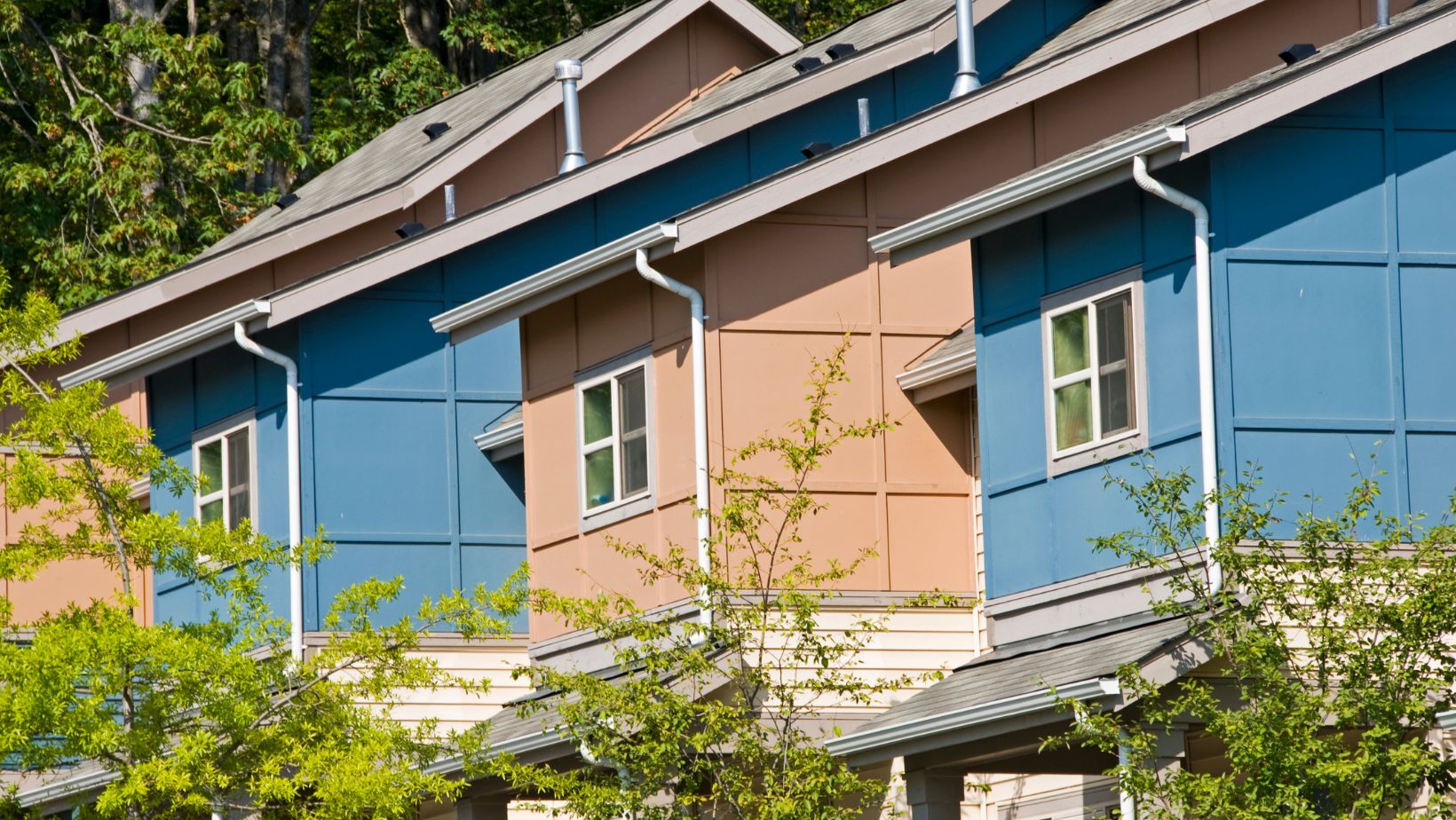
Living in a low-income housing environment presents a unique set of challenges and opportunities. For many, it’s a stepping stone towards stability, offering a sense of community and accessibility that’s hard to find elsewhere. Yet, navigating life in such settings can also bring to light the complexi live in a low income housing environmentities of affordability, security, and access to essential services.
This exploration delves into the realities of residing in low-income housing, shedding light on the personal stories and systemic issues that shape these communities.
I Live In A Low Income Housing Environment
Definition and Purpose

Living in a low-income housing environment means residing in accommodations designed for individuals and families with limited financial resources. The primary purpose of these housing settings is to provide safe, affordable shelter that aligns with the financial capabilities of low-income earners. Through governmental and non-governmental efforts, these environments are established to reduce the housing burden on families struggling financially, thereby enhancing their quality of life. They aim to balance the cost of living with the provision of basic and decent living conditions, ensuring residents have access to necessary amenities.
Types of Low-Income Housing
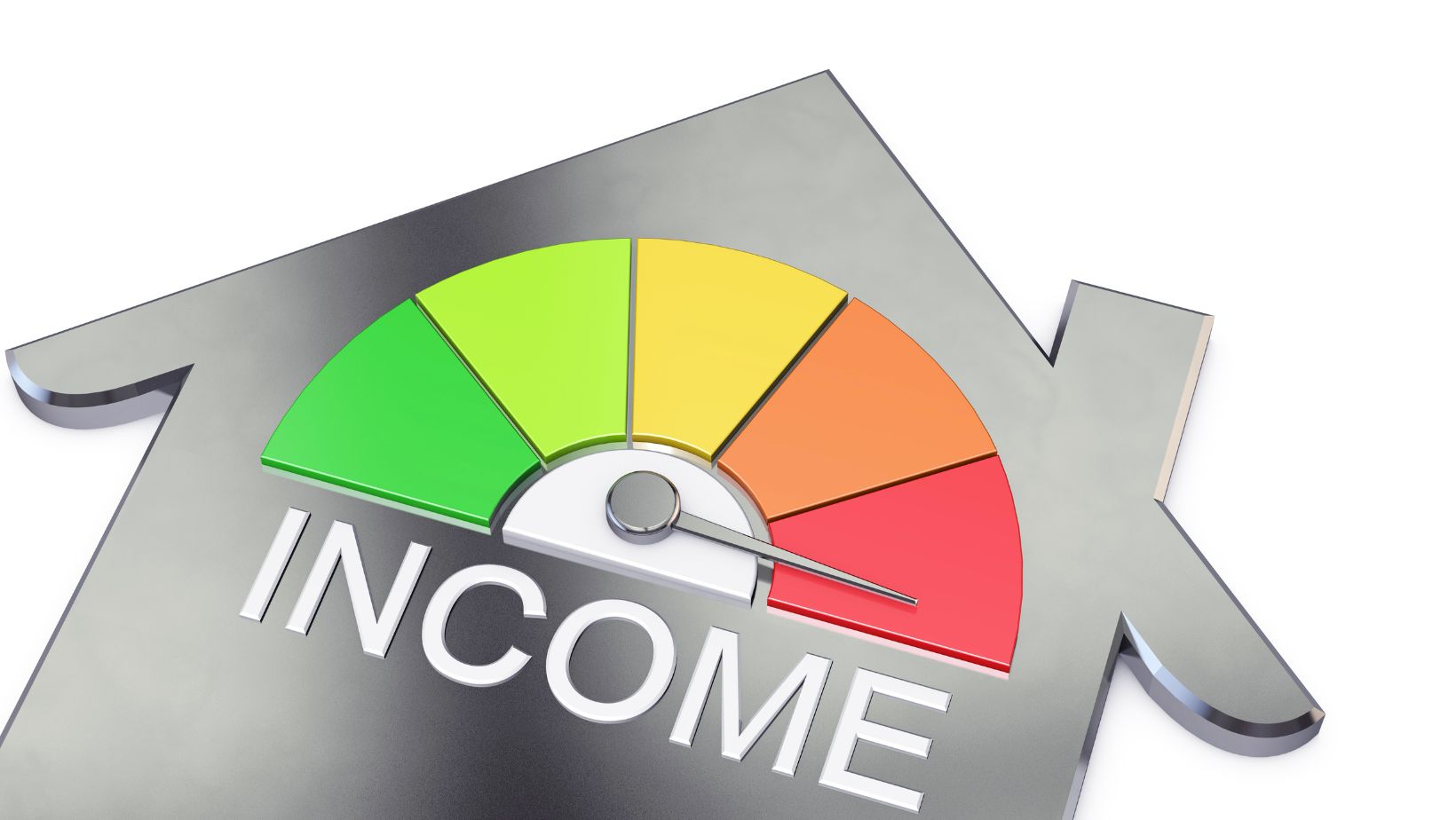
There are several types of low-income housing available to those who qualify, each catering to different needs and financial situations.
- Public Housing: Operated by local public housing agencies and funded by the federal government, public housing offers rental homes at rates based on the tenant’s income, ensuring affordability.
- Section 8 Housing: Also known as the Housing Choice Voucher Program, Section 8 provides vouchers to renters, allowing them to choose their housing while the government pays a portion of the rent directly to landlords.
- Affordable Housing Developments: These are built by private developers who receive tax credits for offering a portion of units at reduced rents to low- or moderate-income tenants.
- Cooperative Housing: A unique model where residents work together to manage and maintain their housing communities, often resulting in lower living costs.
- Transitional Housing: Aimed at those facing homelessness, transitional housing offers temporary residence while individuals work toward financial stability and permanent housing.
My Experience Living in a Low-Income Housing Environment
Pros of Living in a Low-Income Housing Environment
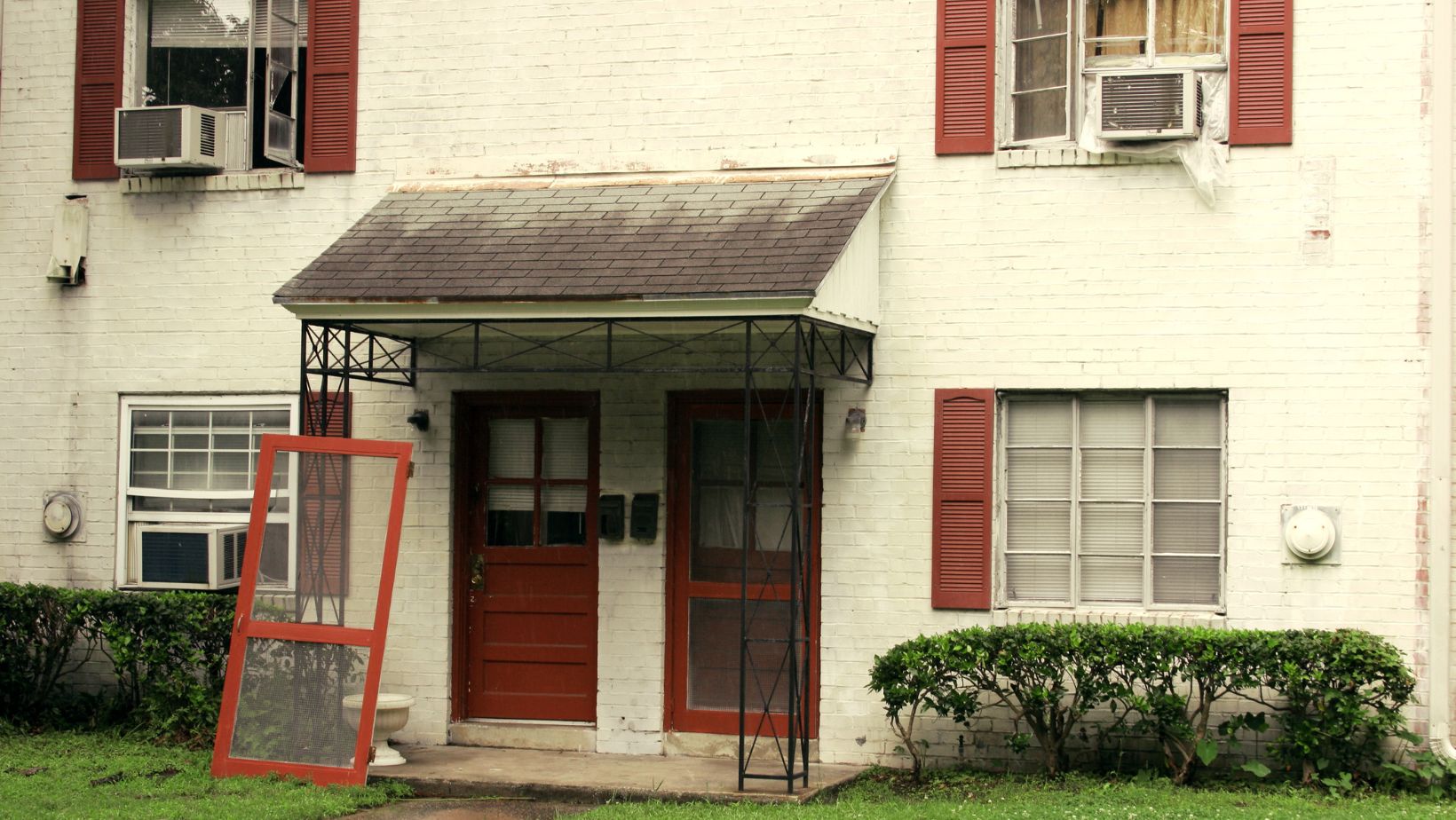
I live in a low income housing environment comes with significant benefits that directly impact the quality of life for residents. Firstly, affordability stands out as the most crucial advantage. Reduced rent and utility costs alleviate financial pressure, allowing residents to allocate funds to other essential needs like food, healthcare, and education. Furthermore, these housing options often provide access to supportive services such as job training, financial counseling, and educational programs, fostering personal growth and community development.
Cons of Living in a Low-Income Housing Environment
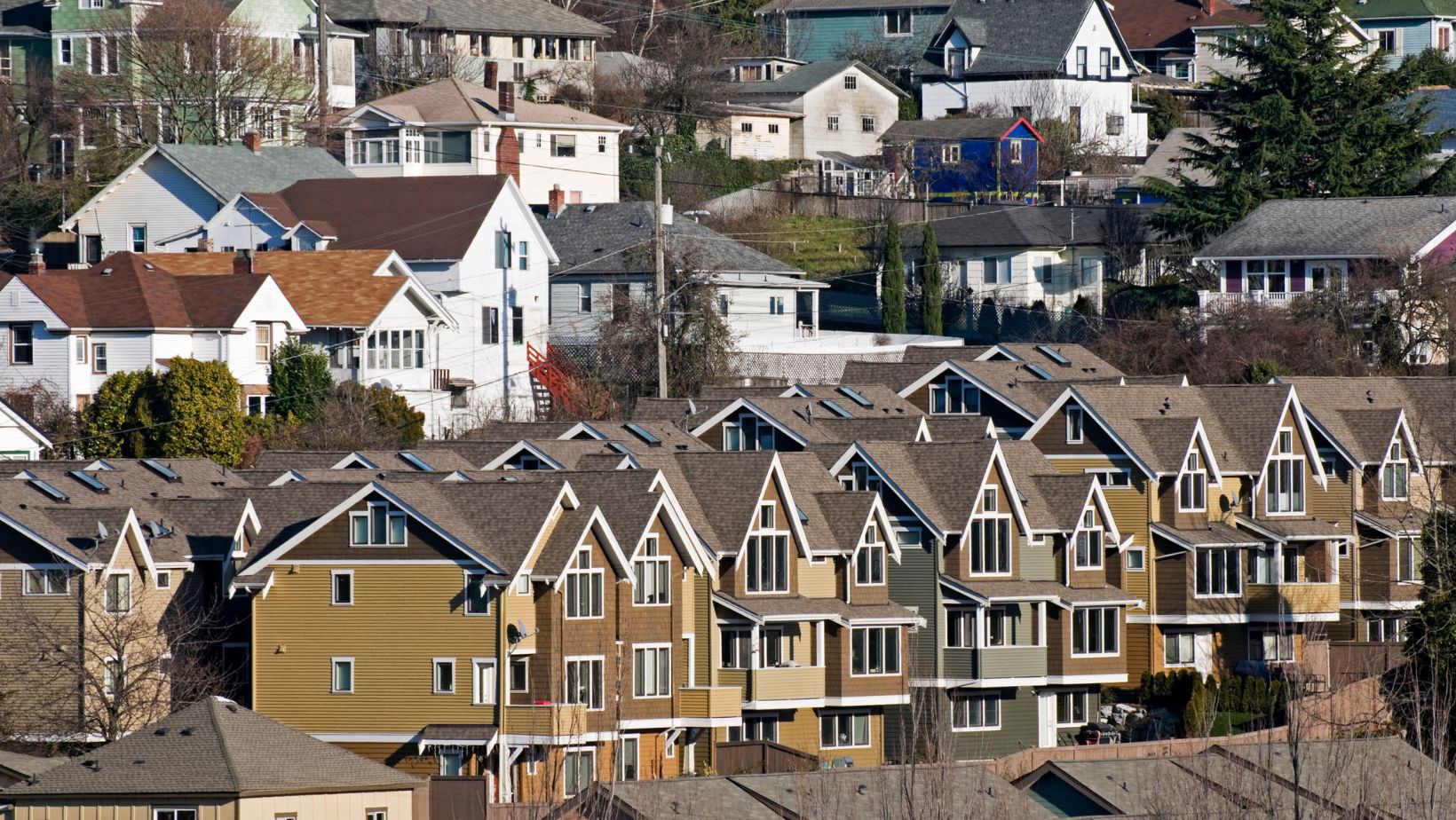
Despite the advantages, living in a low-income housing environment also presents several challenges. Security concerns are among the most pressing issues faced by residents. Instances of theft, vandalism, and other crimes can be higher in some low-income housing areas, causing safety concerns for families. The quality of housing can also be a significant drawback. Some residents may encounter issues with maintenance, outdated facilities, and inadequate living conditions that impact their comfort and well-being.
Financial Considerations
Transitioning from the broader context of residing in a low-income housing environment, it’s crucial to delve into the financial considerations that are pivotal for individuals and families in these settings.
Rent Structures and Assistance Programs
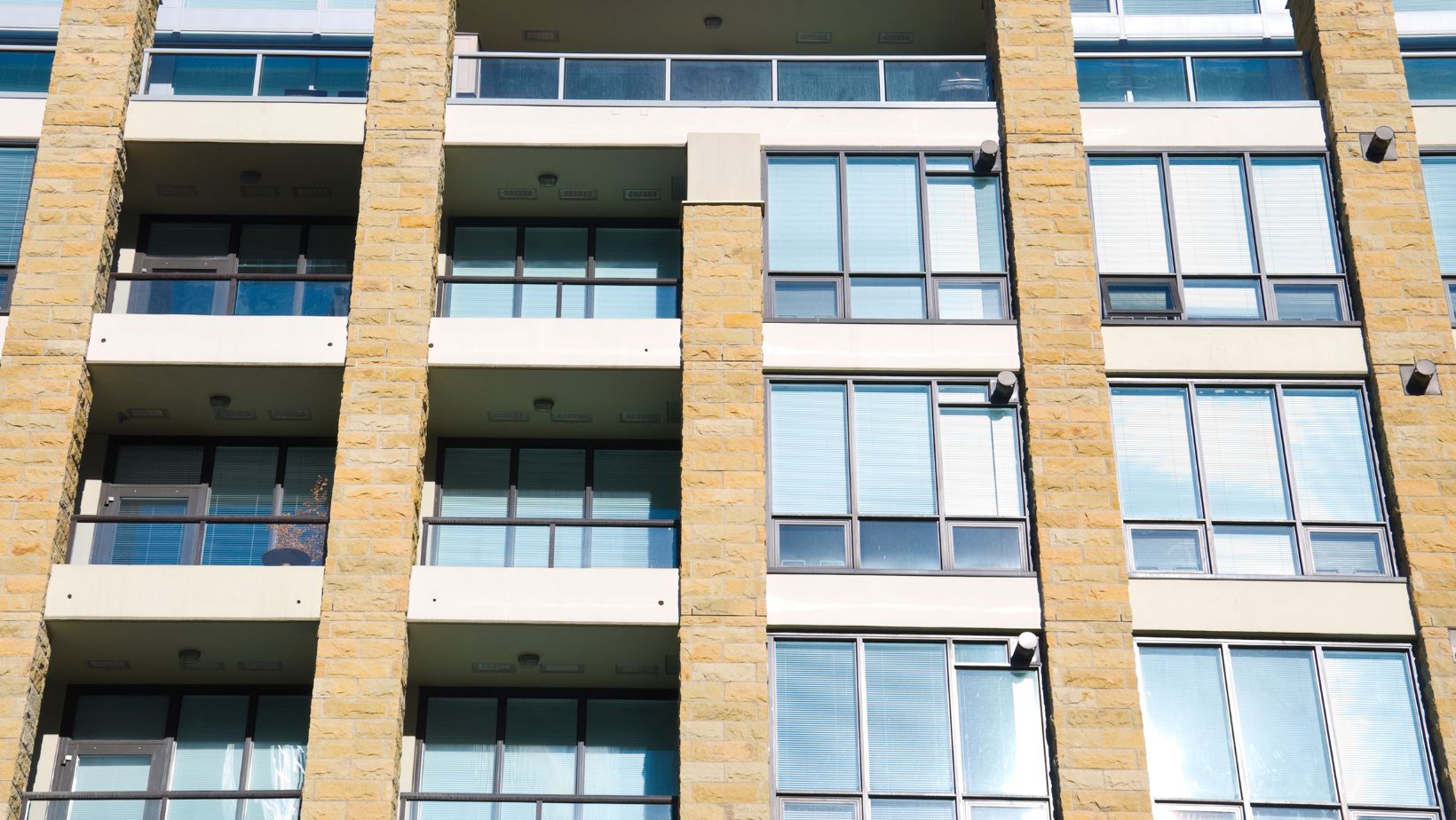
In a low-income housing environment, understanding rent structures and available assistance programs is essential. Rent in these settings often operates differently from the conventional market rates. Typically, it’s calculated based on a percentage of the resident’s income, ensuring that housing remains affordable regardless of fluctuations in earnings. This model aims to prevent financial strain by adapting to the resident’s current financial situation.
Federal and state governments, alongside various non-profit organizations, provide numerous assistance programs to support residents in low-income housing. For instance, the U.S. Department of Housing and Urban Development (HUD) offers programs like Section 8 vouchers, which permit residents to find their housing and use the voucher to pay for part or all of the rent.
Budgeting Tips for Low-Income Residents

Effective budgeting becomes a cornerstone for residents in a low-income housing environment, aiding in navigating their financial landscape with more confidence and control. Setting a realistic budget that accounts for income, essential expenses such as food, utilities, and health care, and rent is the first step. Residents can employ several strategies to strengthen their financial management:
- Track Spending: Keeping a close eye on where every dollar goes can illuminate potential areas for savings, allowing for adjustments in spending habits if necessary.
- Prioritize Expenses: Essential expenses should always take precedence. Identifying and differentiating between needs and wants can lead to better financial decisions.
- Seek Financial Advice: Many community organizations offer free or low-cost financial counseling specifically designed for low-income individuals and families. These services can provide valuable insights into managing money, saving, and even debt reduction.
- Utilize Discounts and Programs: Residents should take advantage of any applicable discounts, programs, or subsidies designed to support those in low-income housing environments, ranging from reduced prices for internet service to subsidized healthcare programs.
